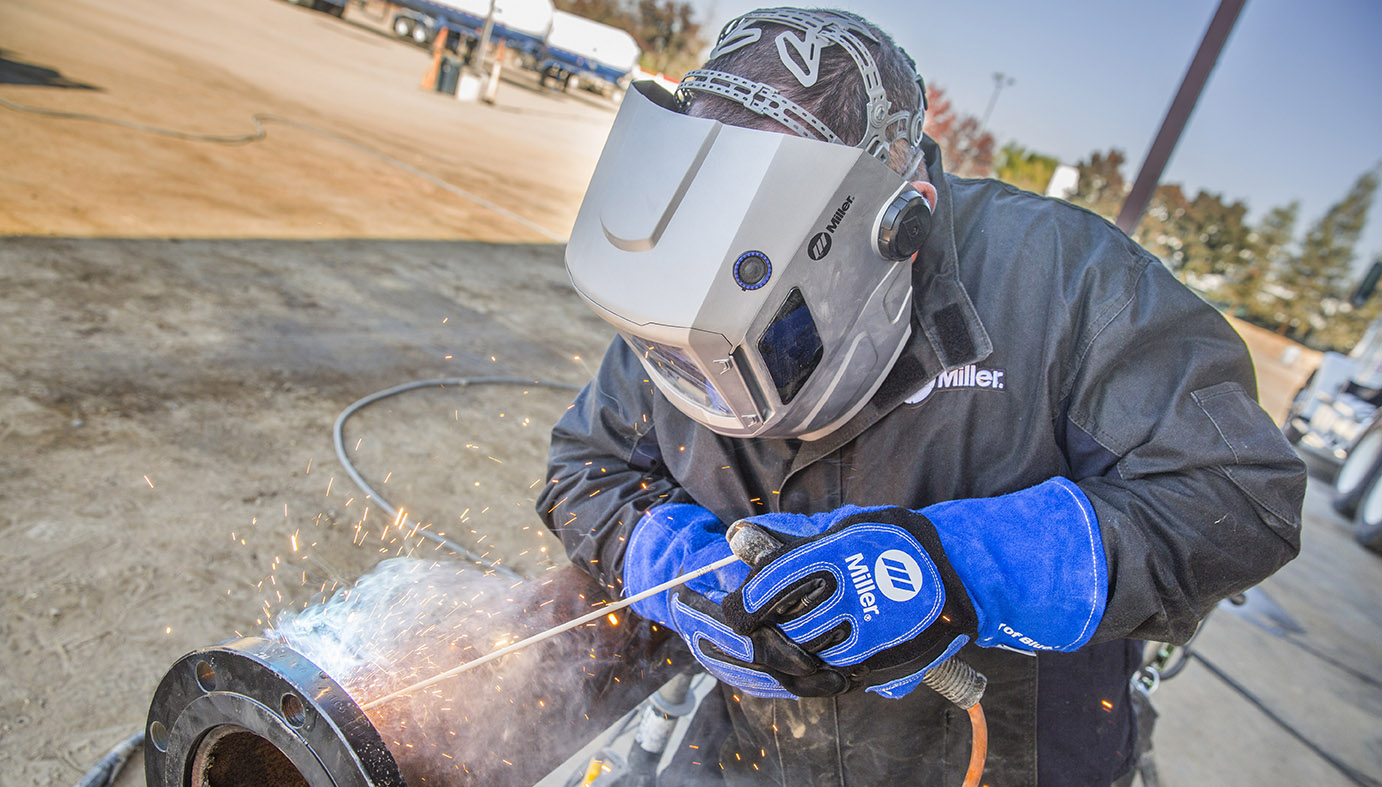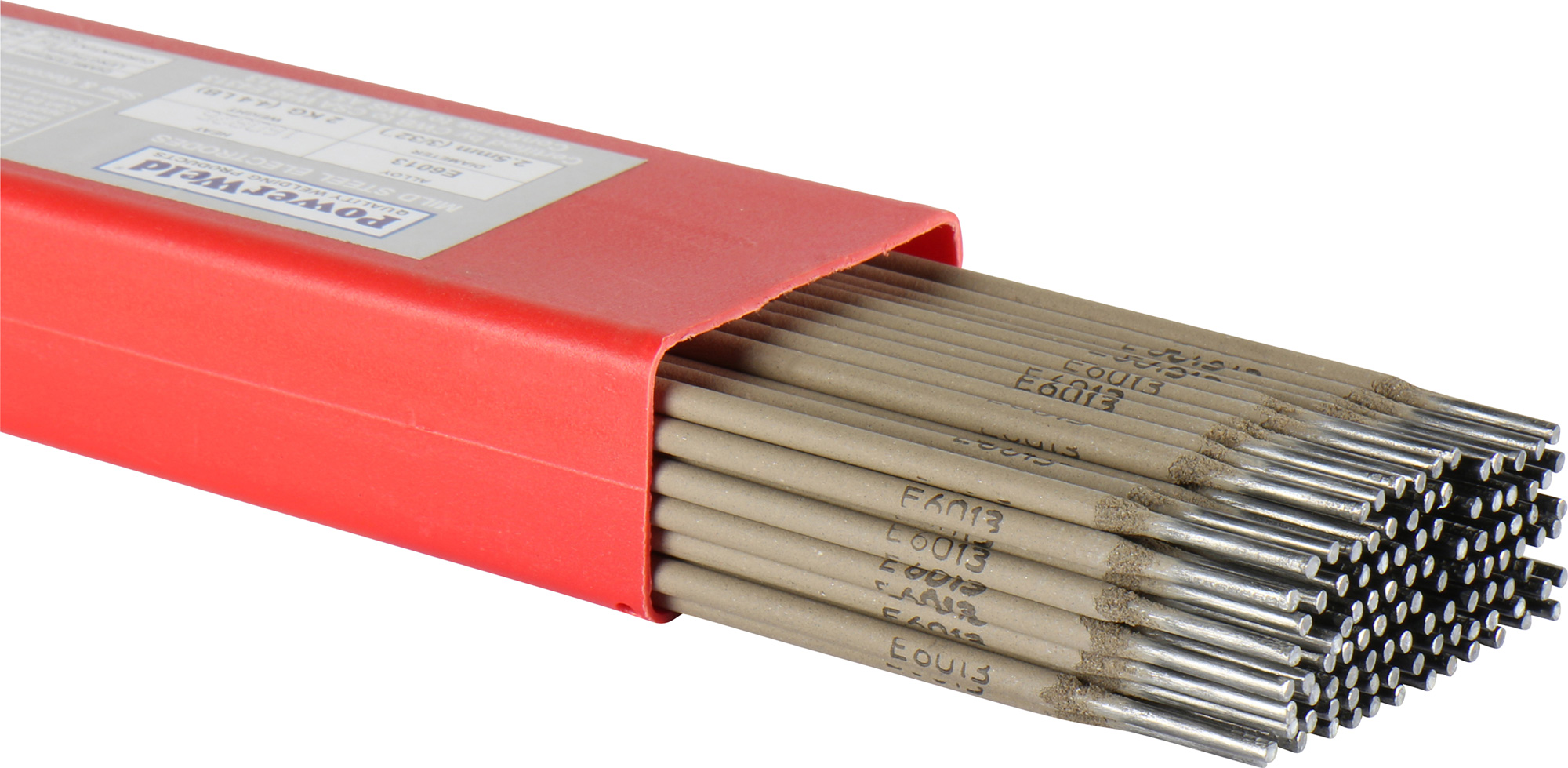Things to Know About Welding Electrode
Do you want to build your career in the welding industry? If yes, then it is essential to know all the essential welding equipment and tools used in welding. A welding machine, also called a welding gun, is an essential welding tool. This tool creates the electric current. Then, the electric current melts to bind the metal. The welding electrode is a necessity and every welder needs to be fully aware of using the right electrodes for specific jobs.
In this article, we will share all the important information about welding electrodes. We will talk about the different types of electrodes and precautions to follow while handling electrodes. It should help you if you are planning your career as a welder.

Welding Electrode and Choosing the Right Type
Welding Electrodes
A welding electrode is a glazed metal wire made using materials that are like welded metal. For beginners, there are non-consumable and consumable electrodes. In SMAW (shield-metal-arc-welding), also called a stick, the electrode is consumable. It means electrodes are used during their use and they melt when welding.
An electrode is non-consumable in the TIG (tungsten-inert-gas-welding). Therefore, it does not melt, becoming a weld part. With MIG or GMAW welding, an electrode is continuously a fed wire. Flux-cored arc weld needs a continuously consumable fed tubular electrode that contains a flux.
Choosing Welding Electrodes
The selection of welding electrodes depends on the specific welding job requirements. These requirements include tensile strength, corrosion resistance, ductility, polarity, base metal, current, and weld position. There are heavy and light coated electrodes. A light-coated welding electrode has the light coating applied by brushing, dipping, spraying, tumbling, wiping, or washing.
Heavy coatings come in three types; cellulose, mineral, and the combination of both. The heavy coating is suitable for welding hard surfaces, steels, and cast iron. Here are the different factors to consider before choosing electrodes:
- Electrodes rod must have superior tensile strength as compared to parent metals.
- You must consider specifications, joint shape, design of the welding positions, and base metals.
Ignoring any of the above-shared considerations while selecting electrodes can result in choosing inappropriate electrodes for your application. Now, let’s take a look at the different types of electrodes.
Different Types of Electrodes
Welding electrodes come in two different types that depend on the process type. Those types include non-consumable electrodes and consumable electrodes. Let’s talk about these types for a better understanding.
1. Consumable Welding Electrodes
Consumable electrodes melt at a low point. These electrodes are also suitable for MIG (metal-inert-gas) welding. You have to choose between nickel steel and mild steel to make consumable welding electrodes. It is essential to replace the consumable welding electrode at frequent intervals. However, there is one drawback of using these electrodes. They are not appropriate for many industrial applications. However, these electrodes have a straightforward use and also easy to maintain. There are two categories of consumable electrodes, such as coated electrodes and bare electrodes.
Bare Electrodes: These are the electrodes with no coating type. Bare electrodes are common in applications that do not require coated electrodes.
Coated Electrodes: The classification of coated welding electrodes is made as per the coating factor. The ratio between the electrode diameter and core wire diameter is called the ‘coating factor’.
Coated electrodes are further divided into the following types:
- Light coated welding electrodes
- Medium coated welding electrodes
- Heavily coated or shielded arc electrodes
Now, let’s take a look at the non-consumable electrodes.
2. Non-Consumable Welding Electrodes
A non-consumable welding electrode is also known as a Refractory electrode. These electrodes have two sub-types, such as graphite or carbon electrodes and tungsten electrodes. Here is the quick information about these types of electrodes:
Graphite or Carbon Electrodes: These electrodes are made of graphite and carbon. These electrodes are common in arc welding and cutting applications.
Tungsten Electrodes: The second type of non-consumable electrode consists of a metal non-filler electrode and tungsten.
These electrode types do not consume during the welding process. To be more concise, they don’t melt when welding. However, there is just a small amount reduction in electrode length because of the oxidation process and vaporization during welding.
A non-consumable welding electrode melts at a higher point. They are not able to complete the workpiece gap. Copper-coated carbon, graphite, or pure tungsten are the making materials of these electrodes. Carbon and tungsten melt at 3350-degree Celsius and 3422-degree Celsius melting points, respectively. Non-consumable welding electrodes are common in carbon arc and TIG (tungsten-inert-gas-welding) welding.
Characteristics of a Non-Consumable Electrode
You need to utilize shielding gases when using non-consumable welding electrodes. The reason why you need to use shielding gases (inert gases) is that they shield welding areas from the surrounding atmosphere and oxygen. Usually, a non-consumable electrode is made with the cathode, while the workpiece is the anode.
The classification of electrodes is made on practical methodology towards selecting and using welding electrodes. The AWS has classified welding electrodes in various formats to learn about the various electrodes conveniently.
Precautions to Follow When Handling Electrodes
There are certain precautions to follow when handling electrodes. It is essential to make sure that the electrodes are dry. Keep in mind that moisture can destroy the coating of the electrode and is dangerous for electrodes. Therefore, when electrodes are dry, you need to keep the electrodes in a moist-free environment. Several containers are available to offer a moisture-free experience. Lastly, make sure to never bend your welding electrode. Bending electrodes can damage the electrode coating.

Conclusion
There are different types of welding tools and welding equipment. People who are planning to build their careers in the welding industry must learn about all essential tools and equipment. There are two main types of electrodes, such as consumable and non-consumable electrodes. Consumable electrodes melt, while the non-consumable electrodes do not melt during the welding process. It is essential to choose the right type of electrodes according to the specific welding application.
We hope this article helps you clear your concept about various welding electrode types and their classification. In order to learn more,t you can contact us,




